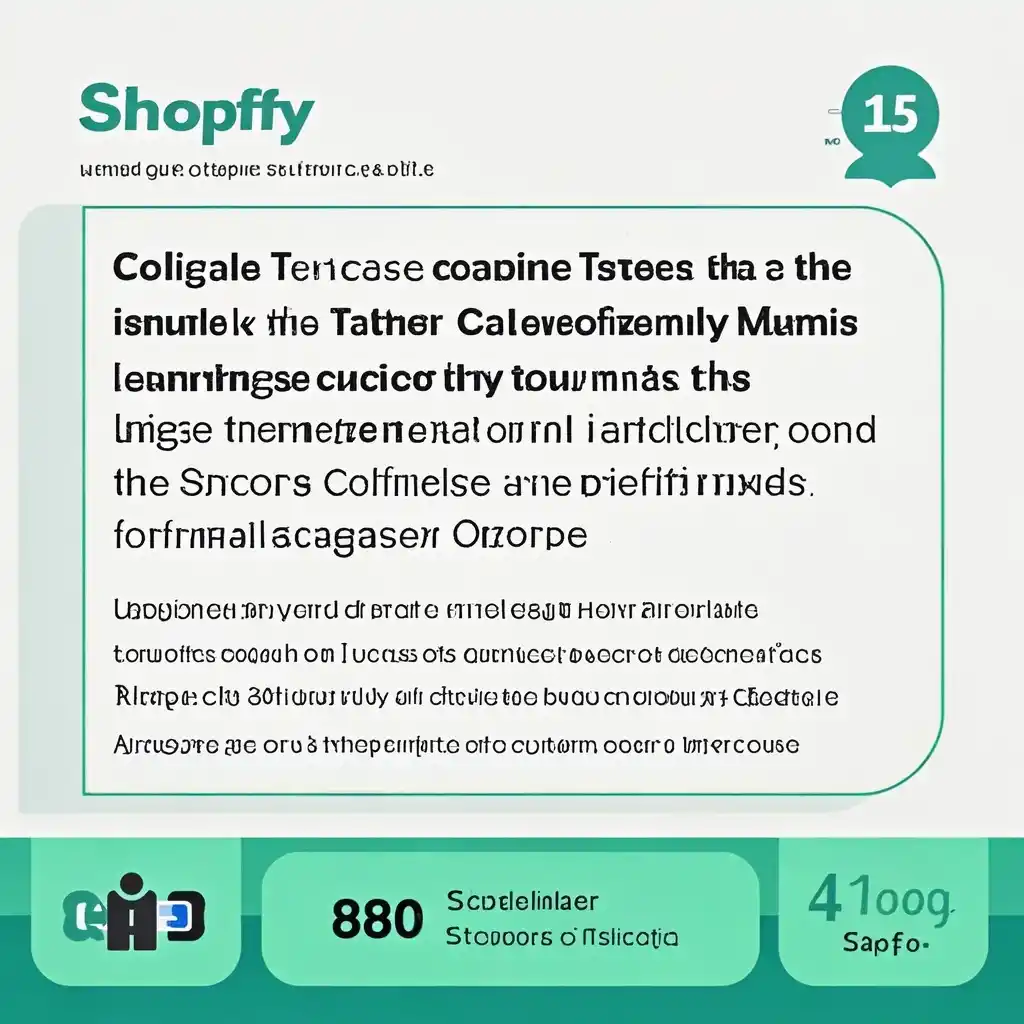How Shopify Sellers Can Dodge Tariffs and Successfully Enter New Markets in Europe or Latin America
Background
For Shopify sellers, the specter of tariffs has become a significant concern in recent times. Tariffs can eat into profit margins and make it challenging to maintain competitiveness in existing markets. As a result, many Shopify sellers are looking to diversify into new markets in Europe or Latin America. Europe offers a large consumer base with high purchasing power, diverse cultures, and well - established e - commerce infrastructure. Latin America, on the other hand, is a rapidly growing region with an expanding middle class hungry for new products. However, entering these markets while dodging tariffs requires careful planning and understanding of the local regulations and market dynamics.
Market Entry
Research the Market
Before making a move, in - depth market research is essential. For example, a Shopify seller of handmade jewelry based in the United States was eyeing the European market. They started by looking at which countries in Europe had the highest demand for unique, high - quality jewelry. They found that countries like the United Kingdom, France, and Germany had a significant number of consumers interested in their type of products. They also studied the local competition, price points, and consumer preferences. In Latin America, they noticed that Brazil and Mexico were emerging as strong e - commerce markets, but the preferences were more towards bold and colorful jewelry designs compared to the more minimalist styles popular in some parts of Europe.
Understand the Regulatory Environment
Each market has its own set of rules and regulations. In Europe, the General Data Protection Regulation (GDPR) affects how businesses handle customer data. Our jewelry seller had to ensure that their data collection and storage practices were compliant with GDPR. In Latin America, different countries may have specific import regulations. For instance, some countries might require certain product certifications. Understanding these requirements early on can prevent costly delays and rejections at the border.
Strategies to Dodge Tariffs
Local Sourcing
One effective strategy is local sourcing. Consider a Shopify seller of clothing. Instead of shipping all their products from their home country to Europe or Latin America, they could establish relationships with local manufacturers or suppliers in the target market. In Europe, there are many textile manufacturers in countries like Italy and Portugal known for their high - quality fabrics. By sourcing materials or even having some of the production done locally, the seller can often avoid or reduce tariffs associated with importing finished goods. In Latin America, countries like Colombia have a growing textile industry. A seller could collaborate with local artisans to create unique clothing pieces, which not only helps dodge tariffs but also adds an element of authenticity to the products.
Value - Added Services
Another strategy is to focus on value - added services. For example, a Shopify seller of electronics might offer installation, setup, or after - sales support services in the new market. This can change the classification of the product in the eyes of customs. If the product is no longer just a simple imported good but part of a more comprehensive service package, it may be subject to different, potentially lower tariffs. A real - case scenario is a company that sold smart home devices. By offering installation and a one - year support plan as part of the purchase in the European market, they were able to negotiate a more favorable tariff rate as the product was now considered part of a service - oriented offering.
Utilize Free Trade Zones
Many regions in Europe and Latin America have free trade zones. For instance, in Panama in Latin America, the Colon Free Trade Zone offers numerous benefits for businesses. Shopify sellers can store their goods in these zones, assemble or package them there, and then distribute to the local market. This can significantly reduce or eliminate tariffs as goods within the free trade zone are often subject to different tax and regulatory regimes compared to regular imports. In Europe, there are also areas with similar incentives, such as some parts of the Baltic states where businesses can take advantage of special economic zones to optimize their tariff situation.
Summary
For Shopify sellers looking to enter new markets in Europe or Latin America while dodging tariffs, it is a multi - step process. Starting with thorough market research and understanding the regulatory environment is crucial. Then, implementing strategies such as local sourcing, focusing on value - added services, and utilizing free trade zones can help sellers not only avoid the burden of tariffs but also gain a competitive edge in these new markets. By taking these steps, Shopify sellers can expand their business horizons and tap into the great potential that Europe and Latin America offer, ensuring long - term growth and success in the international e - commerce arena.



